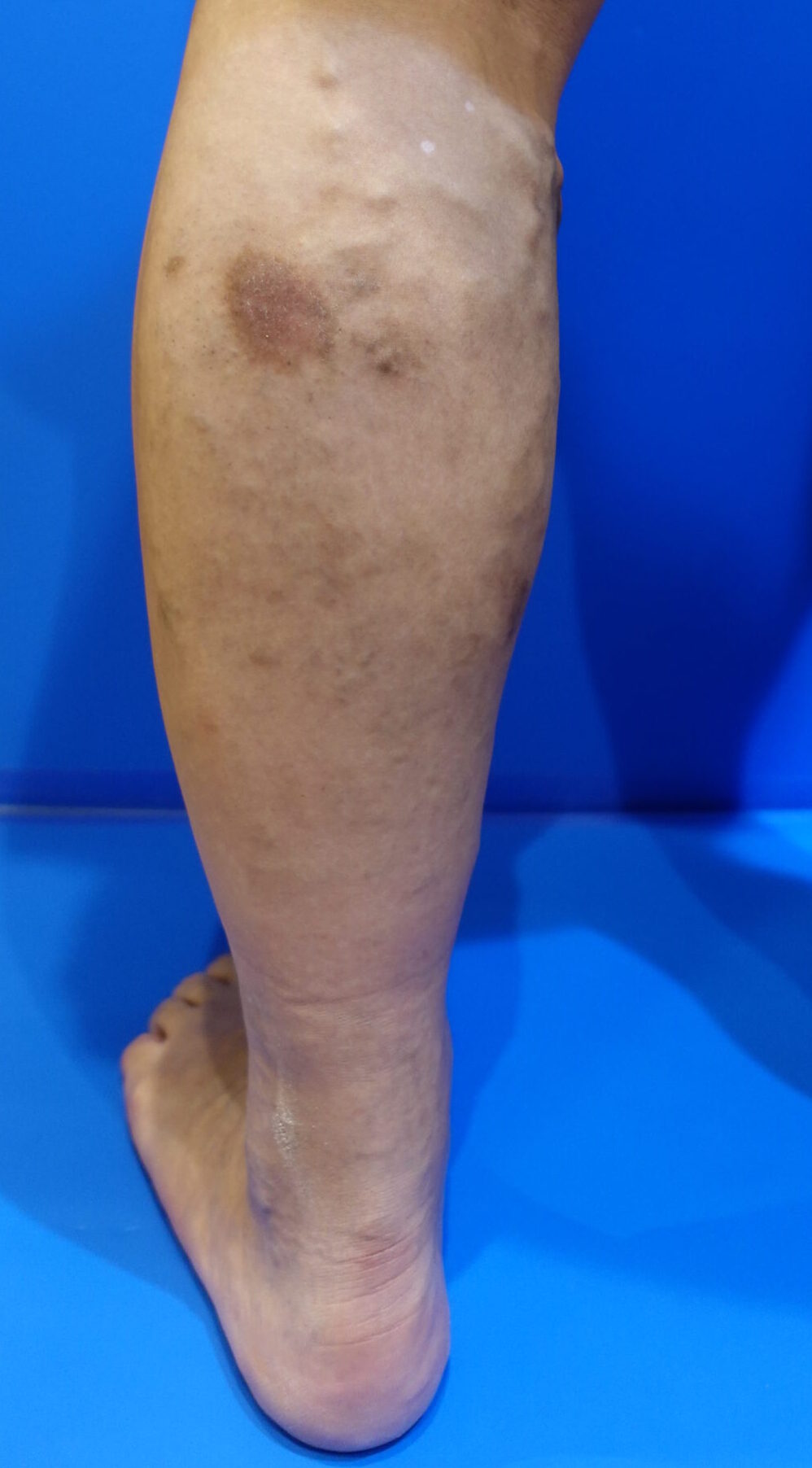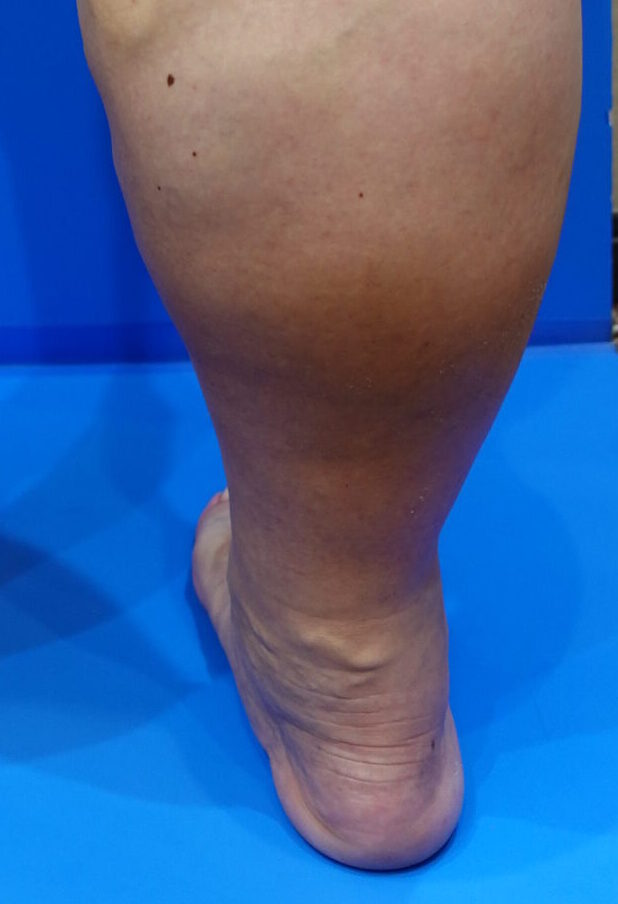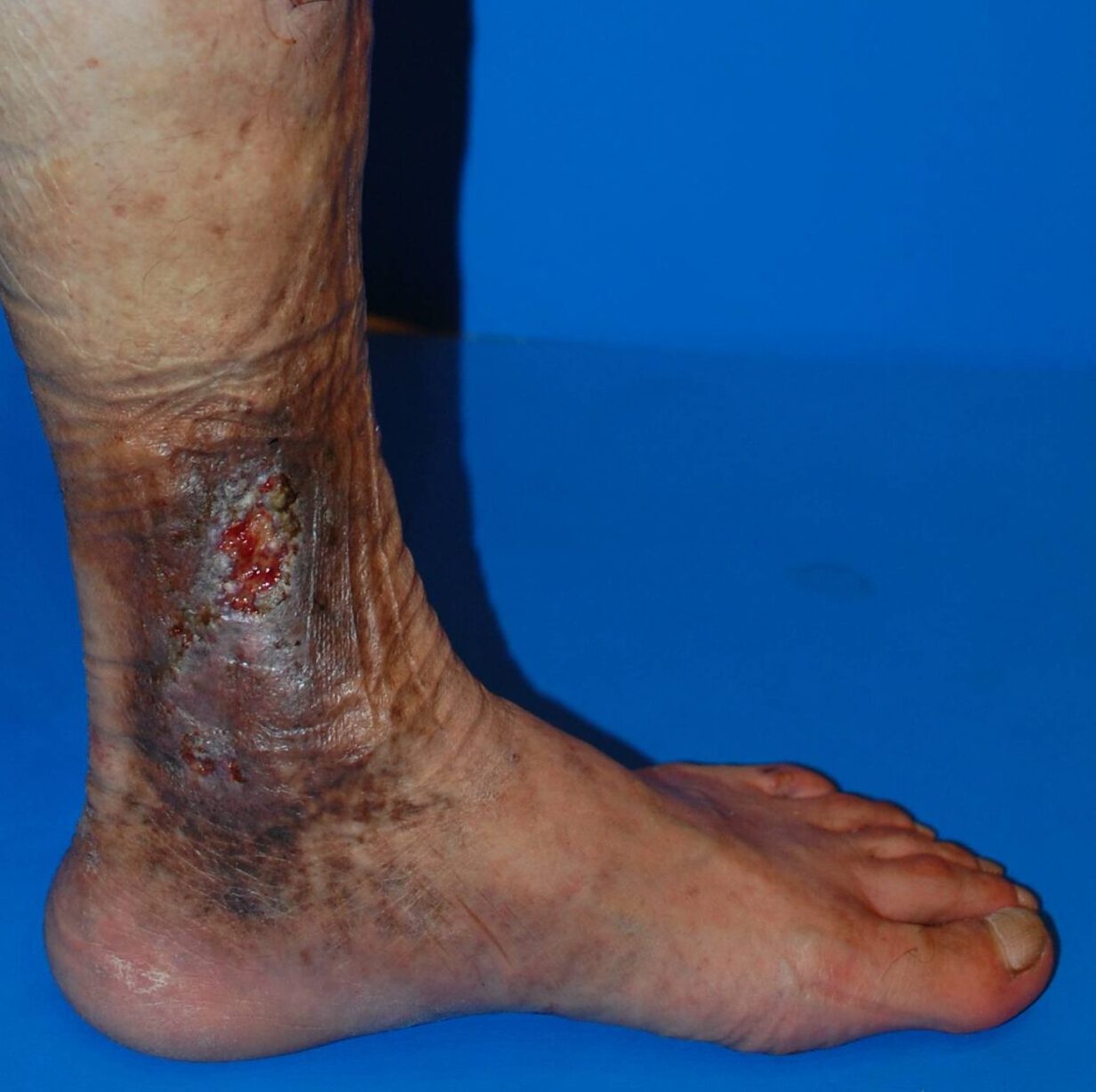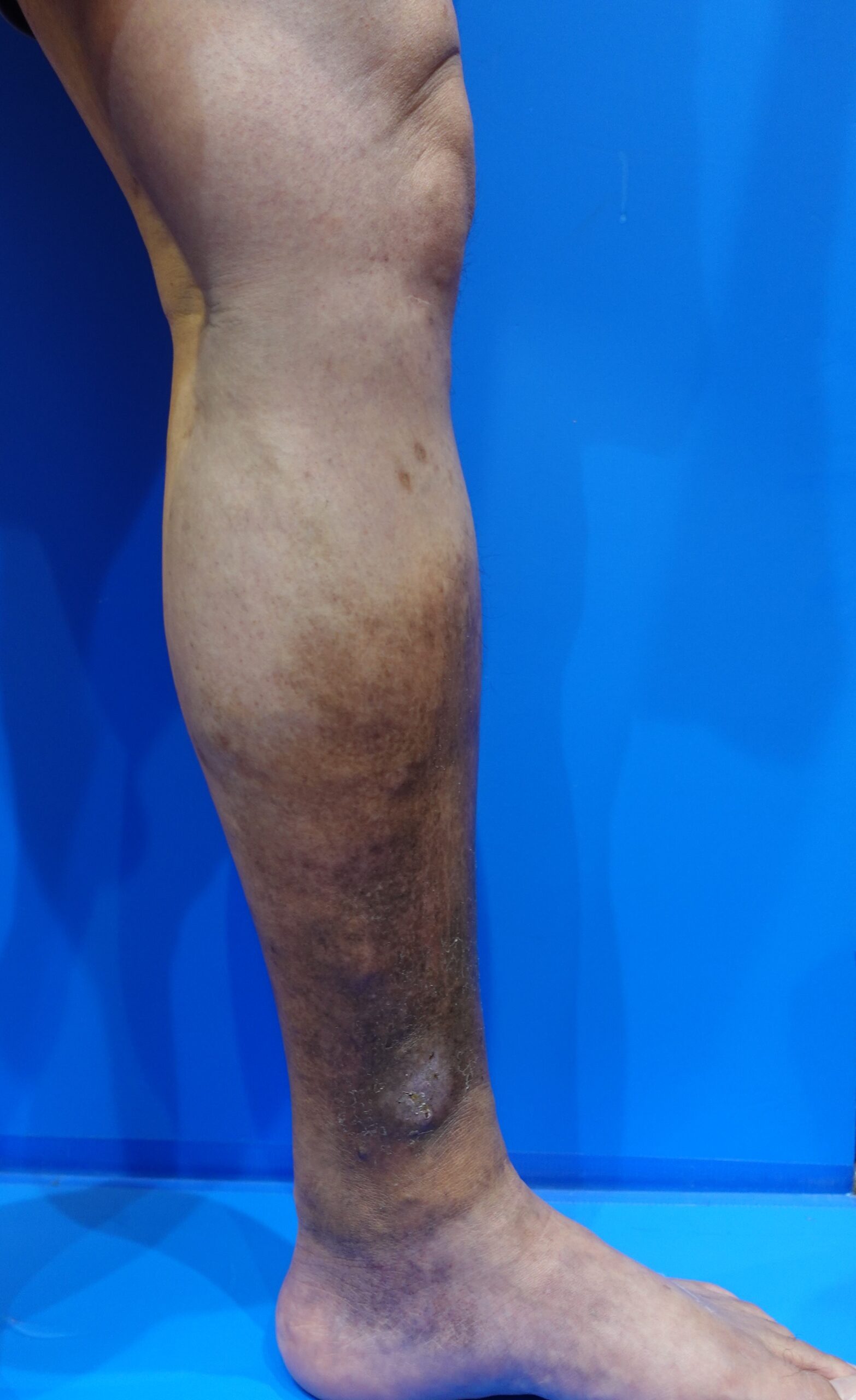Are There Varicose Veins That Don’t Bulge? Be Especially Aware of Stasis Dermatitis
When you think of varicose veins, many people imagine bulging, visible veins in the legs. However, not all varicose veins are visibly swollen. In particular, the condition called stasis dermatitis occurs due to blood stagnation caused by varicose veins, and it can develop even when the veins don’t visibly bulge. This blog will explain the presence of non-bulging varicose veins and the need to pay special attention to stasis dermatitis.
What Are Non-Bulging Varicose Veins?
Varicose veins are typically associated with bulging veins on the skin’s surface, but this is not always the case. Even if the veins aren’t visibly swollen, blood can still be flowing backward, causing leg swelling, fatigue, and even pain. In such cases, even though there are no visible signs of abnormalities, venous insufficiency may be progressing.
What you need to be especially cautious of is stasis dermatitis. This condition occurs when poor blood flow causes inflammation of the skin, resulting in discoloration (brown or red) and sometimes itching or pain. Even if there are no visible varicose veins, if you notice skin hardening or pigmentation in your legs, stasis dermatitis may be progressing.
What Is Stasis Dermatitis?
Stasis dermatitis is a type of skin inflammation caused by chronic blood stagnation due to varicose veins. In the early stages, it may present as skin discoloration and mild itching, but as it progresses, the skin can harden, and ulcers may form. If left untreated, these skin ulcers can become severe, greatly affecting daily life, so early intervention is crucial.
Symptoms of Stasis Dermatitis
- Skin Discoloration: The skin, especially around the ankles and calves, may turn brown or red.

2. Itching and Pain: Initially, you may experience mild itching, but as the condition progresses, it can lead to intense itching and pain.

3. Skin Hardening: As stasis progresses, the skin becomes thick and hard, losing its elasticity when touched.

4. Ulcer Formation: In severe cases, ulcers may form on the skin, and healing becomes difficult.

Prevention and Treatment of Stasis Dermatitis
To prevent stasis dermatitis, early detection and treatment of varicose veins are essential. If left untreated, the skin inflammation or ulcers caused by varicose veins may worsen. The following methods are recommended for prevention and treatment:
- Compression Therapy: Using compression socks (elastic stockings) can help improve blood flow and reduce the pressure on the veins.
- Regular Exercise: Moving the calf muscles aids venous blood circulation, making walking and stretching effective.
- Skin Moisturization: Regular moisturizing helps protect the skin from itching and dryness.
- Consult a Specialist: If skin discoloration or itching persists, it’s important to consult a specialist and receive appropriate treatment early on.
It’s Dangerous to Assume It’s Not Stasis Dermatitis Based on Appearance Alone
Just because varicose veins aren’t visibly bulging doesn’t mean stasis dermatitis isn’t present. Especially when consulting a doctor who isn’t a varicose vein specialist, two scenarios can occur. In the first, the doctor acknowledges their lack of expertise in varicose veins and recommends seeing a specialist, which is greatly appreciated. Unfortunately, not all doctors will do this. Some may look at the leg’s appearance and conclude that it isn’t varicose veins. This incorrect diagnosis could rob the patient of the proper treatment, so it’s recommended to consult a specialist. Since not all varicose veins cause visible bulging, it’s important to undergo an ultrasound examination for an accurate diagnosis. Ultrasound is essential for identifying hidden varicose veins that are not visible to the naked eye.
Conclusion
Just because the veins aren’t visibly bulging doesn’t mean varicose veins aren’t present. Stasis dermatitis, in particular, can cause severe skin issues, even when there are few visible changes. If you notice any abnormalities in your leg skin, it’s crucial to consult a specialist early on and receive the necessary treatment. Undergoing an ultrasound examination is the first step in maintaining healthier legs by identifying hidden varicose veins.




